The Ultimate Guide to Understanding Orcas (Killer Whales) and Their Environment
Orcas, or killer whales, are the largest of the dolphins and one of the world’s most powerful predators.
Although orcas (Orcinus orca) seldom attack people, they are sometimes called killer whales. According to Whale and Dolphin Conservation (WDC), the killer whale’s original moniker, “whale killer,” came from the fact that sailors in the past saw them hunting in packs to take down enormous whales.
As one of the most extensively dispersed animals today, orcas may be found in all oceans. They are fierce, gregarious, diversified, and predatory marine predators, eating anything from penguins to great white sharks.
They are among the largest predators on Earth, yet they harbor a sense of mystery and fascination that transcends their size and power. Revered by many as symbols of strength, wisdom, and balance, orcas command respect and admiration from humans and other creatures alike.

This guide will unravel the intricate tapestry of their existence, delving into the scientific facts, ecological connections, behavioral patterns, and conservation challenges related to these marine mammals.
Our journey will not be limited to the Killer whales themselves; we will also navigate the breathtaking ecosystems they inhabit. The ocean’s salty breath is the backdrop of our narrative, and the interplay of living and non-living elements will paint a vivid portrait of the orcas’ environment. From the icy fjords of the Arctic to the deep, unexplored abyss of the Southern Ocean, the orcas’ home is as diverse and dynamic as the creatures themselves.
Understanding Orcas (Killer Whales)
Orcas’ Marine Majesty
They are hailed as marvels of the marine world for several reasons. First, they are brilliant animals. They have been observed using tools, such as seaweed to help them catch fish, and they have also been known to teach their young how to hunt. They are also very social animals.
They live in pods of up to 50 individuals, each with its unique culture and dialect. They communicate with each other using a variety of vocalizations, including clicks, whistles, and calls.

In addition to their intelligence and social skills, they are also compelling animals. They are apex predators, which means they are at the top of the food chain. They eat various marine animals, including fish, seals, sea lions, dolphins, and even whales. They have been known to use their powerful jaws and sharp teeth to kill their prey, and they have even been known to beach themselves to catch seals.
Life Cycle of Orcas
Like a novel with engaging chapters, an orca’s life cycle is captivating. Beginning as a calf, the orca is nurtured and taught by its pod until it reaches the juvenile stage. Upon maturation, males can live up to 50 years, whereas females, outliving their male counterparts, can reach up to 100 years. This life cycle, marked by long post-reproductive life spans, particularly in females, underpins the pod’s complex social structure and knowledge transmission.
Pregnancy
its pregnancies last 15-18 months, one of the mammal’s most extended gestation periods.
Birth
Their calves are born tail first; they are about 6-8 feet long and weigh about 400 pounds.
Infancy
Orca calves nurse for about 12-18 months and are fully weaned by the time they are about 2 years old.
Juvenile
Orcas reach sexual maturity at around 10-13 years old for females and 15-21 for males. However, they do not typically start breeding until they are around 15 years old.
Adulthood
They can live for up to 80 years in the wild, and some individuals have been known to live even longer.
Death
They can die from various causes, including old age, disease, injury, and predation.
The life cycle of an orca is a long and complex one, but these fantastic animals can thrive in the ocean for many years.
Here are some additional facts about the life cycle of orcas:
- They are born with their eyes open and their teeth already erupted.
- Its calves are playful and social, often playing with their siblings and other pod members.
- They protect their young, and mothers usually stay with their calves for several years after birth.
- Consider apex predators, which means they are at the top of the food chain. They eat various marine animals, including fish, seals, sea lions, dolphins, and even whales.
- They are intelligent animals, and they have been known to use tools, such as seaweed to help them catch fish.
- They are social animals and live in pods ranging in size from 2 to 50 individuals.
- Orcas are a vital part of the marine ecosystem and play an important role in keeping populations of prey animals in check.
We should do everything we can to protect orcas and their habitats. They are truly unique creatures, and they deserve our respect and admiration.
Physical Characteristics
As one sets eyes upon an orca, their distinctive physical characteristics are what first captures attention.
Size
They are the largest dolphin species, and they can grow up to 32 feet long and weigh up to 6 tons.
Body shape
Orcas have a sleek, streamlined body that is well-adapted for swimming. They have a large dorsal fin that helps them stay stable in the water and powerful pectoral flippers that help propel themselves forward.
Teeth
killer whales have sharp, pointed teeth that are used to catch and kill their prey. They have between 40 and 50 teeth in each jaw, and their teeth can grow up to 4 inches long. Intelligence: These unique creatures are brilliant animals, and they have been known to use tools, such as seaweed, to help them catch fish. They are also very social animals, and they live in pods ranging in size from 2 to 50 individuals.

Behavior and Communication
They are brilliant and social animals, and their behavior and communication are complex and fascinating.
Social behavior
They live in pods, which are groups of related individuals. Pods can range in size from 2 to 50 individuals, often led by an alpha male or female. Within a pod are very social; they often play together, groom, and teach each other how to hunt.
Hunting techniques
They are apex predators, eating various marine animals, including fish, seals, sea lions, dolphins, and even whales. They have been known to use a variety of hunting techniques, including:
Herding
They will often herd fish into a tight group before attacking.
Beaching
Orcas have been known to beach themselves to catch seals.
Using tools
They are known to use tools to help them catch their prey. For example, they have been known to use seaweed to stun fish.
Communication
They can communicate with each other using a variety of vocalizations, including clicks, whistles, and calls. These vocalizations are used for a variety of purposes, including:
Locating each other
They use vocalizations to locate each other, especially when they are separated.
Hunting
They use vocalizations to coordinate their hunting efforts.
Socializing
Orcas use vocalizations to socialize with each other, and they even have different dialects that vary from pod to pod
The complexities of orca behavior and communication are still being unraveled, but we learn more about these fantastic animals daily. Orcas are truly one of the most intelligent and social creatures on the planet, and they deserve our respect and admiration.
Here are some additional facts about the behavior and communication:
- They are among the few animals that can learn and teach each other new hunting techniques.
- They cooperate with other species, such as sea otters, to catch prey.
- They have a complex social structure and have been known to form alliances and wage war against other pods.
- Killer whales are very vocal animals, and they use a wide range of vocalizations to communicate with each other.
- Orcas are a vital part of the marine ecosystem and play an essential role in keeping populations of prey animals in check.
Habitat and Distribution
Geographical Distribution
In the vast expanse of our planet’s waters, they have managed to carve a home for themselves in various settings. Let’s explore the far-reaching habitats of these magnificent creatures. Orcas display an impressive global distribution, gracing the oceans from the polar regions to the equatorial seas.
At the poles, both Arctic and Antarctic, you’ll find them hunting in icy waters, preying on seals, squid, and even other whales. In these colder regions, orcas belong to two ecological types: “residents,” who feed mainly on fish and squid, and “transients,” or “Bigg’s killer whales,” that prefer marine mammals.
Shift to the temperate regions, and you’ll see these marine marvels skillfully navigating the calmer waters. In the Pacific Northwest, specifically off the coast of Washington State and British Columbia, a unique population of orcas known as the “Southern Residents” are celebrated for their typical diet and vocal behaviors.
Even in tropical seas, these cosmopolitan inhabitants make their presence felt, showcasing their incredible adaptability. In all these diverse habitats, orcas demonstrate a fascinating range of behaviors and dietary preferences shaped by their specific regional influences.
Impact of Climate Change
As we navigate through the effects of climate change, it’s essential to understand the environmental threats facing orcas. Climate change, with its warming temperatures and melting polar ice caps, has significant consequences for these marine predators.
Melting ice in the Arctic and Antarctic regions disrupts the habitats of various orca prey, such as seals and certain fish species. Additionally, as ocean temperatures rise, the availability and distribution of other prey species are affected, leading to changes in orca feeding patterns and potentially impacting their health and population growth.
Moreover, increased carbon dioxide levels contribute to ocean acidification, altering marine ecosystems in ways we’re just beginning to comprehend. For them, changes in their food web and potential shifts in their geographical distribution could be game changers, underscoring the urgency to address these climate-related threats.
Human Interaction
They have been interacting with humans for centuries. In some cultures, they are seen as sacred animals. However, they have also been hunted for their meat and oil. In recent years, they have become popular attractions in marine parks. However, there is growing controversy about the ethics of keeping orcas in captivity.

Delve into the controversial realm of orca-human interaction
The relationship between orcas and humans is a complex and controversial one. They are intelligent and social animals, and they have been known to form close bonds with humans. However, there have also been incidents of orcas attacking humans. The ethics of keeping orcas in captivity is also a hotly debated topic.
There are many different perspectives on orcas and human interaction. Some people believe they should be left alone in the wild, while others think they can be managed and interacted with sustainably. It is essential to consider all of these perspectives when making decisions about the future of orcas.
Orcas in Culture and Media
Orcas in Mythology and Folklore
They have been featured in the mythology and folklore of many cultures worldwide. In some cultures, they are seen as sacred animals. For example, the Inuit people of Alaska believe that orcas are the spirits of their ancestors. In other cultures, they are seen as dangerous creatures. For example, the Kwakiutl people of British Columbia believe that orcas are cannibalistic monsters.
Orcas in Modern Media
Orcas have been featured in many films, documentaries, and literature. Some of the most famous examples include:
- Free Willy (1993) is a film about a young boy who befriends an orca named Willy. The film was a critical and commercial success, and it helped to raise awareness of orcas and their plight.
- Blackfish (2013) is a documentary about the treatment of orcas in captivity. The film was highly critical of Sea World and helped spark a debate about the ethics of keeping orcas in captivity.
- The Whale (2015) is a novel about a man obsessed with orcas. The novel is a fictionalized account of the real-life story of John C. Lilly, a scientist who studied orcas in the 1960s.
Killer whales have also been featured in other films, documentaries, and literature. These works have helped to shape our understanding of orcas and their place in the world.
Experience orcas through the lens of popular culture
They have been featured in popular culture in many different ways. They have been used as symbols of power, strength, and intelligence. They have also been portrayed as dangerous and unpredictable creatures.
The way that orcas are portrayed in popular culture can have a significant impact on how people view them. For example, the film Free Willy helped to raise awareness of orcas and their plight. However, some believe the film also contributed to the “killer whale” stereotype.
It is essential to know how orcas are portrayed in popular culture. This can help us to form our understanding of these fantastic creatures.
Conservation Efforts and How to Help
Current Conservation Status
Orcas are listed as “threatened” on the IUCN Red List of Threatened Species. This means they face a high risk of extinction in the wild. Several factors are threatening orca populations, including:
Climate change
Climate change is causing changes in ocean currents and temperature, affecting the distribution of prey animals.
Pollution
Pollution is affecting the health of orcas and causing problems with their reproduction.
Overfishing
Overfishing is reducing the availability of prey animals for orcas.
Captivity
Orcas in captivity often experience health problems, and the unnatural environment can also stress them
How We Can Help
There are several things that we can do to help unique creatures:
- Educate yourself and others: The more people who understand the threats facing by these unique creatures, the more likely we are to take action to protect them.
- Support organizations working to conserve them: Several organizations are working to conserve orcas. You can support these organizations by donating money, volunteering your time, or spreading the word about their work.
- Reduce your impact on the environment: You can reduce your impact by changing your lifestyle, such as driving less, recycling, and using less energy.
- Choose sustainable seafood: When you eat seafood, choose sustainable options that do not contribute to overfishing.
Conclusion
Orcas are amazing creatures that play an essential role in the marine ecosystem. We need to do everything we can to protect them and their habitats. By taking action, we can help ensure that orcas will continue to thrive for future generations.
Disclosure: This post may contain affiliate links, which means that DIVEMONDO may receive a small commission if you make a purchase using these links. As an Amazon Associate this website earn from qualifying purchases.

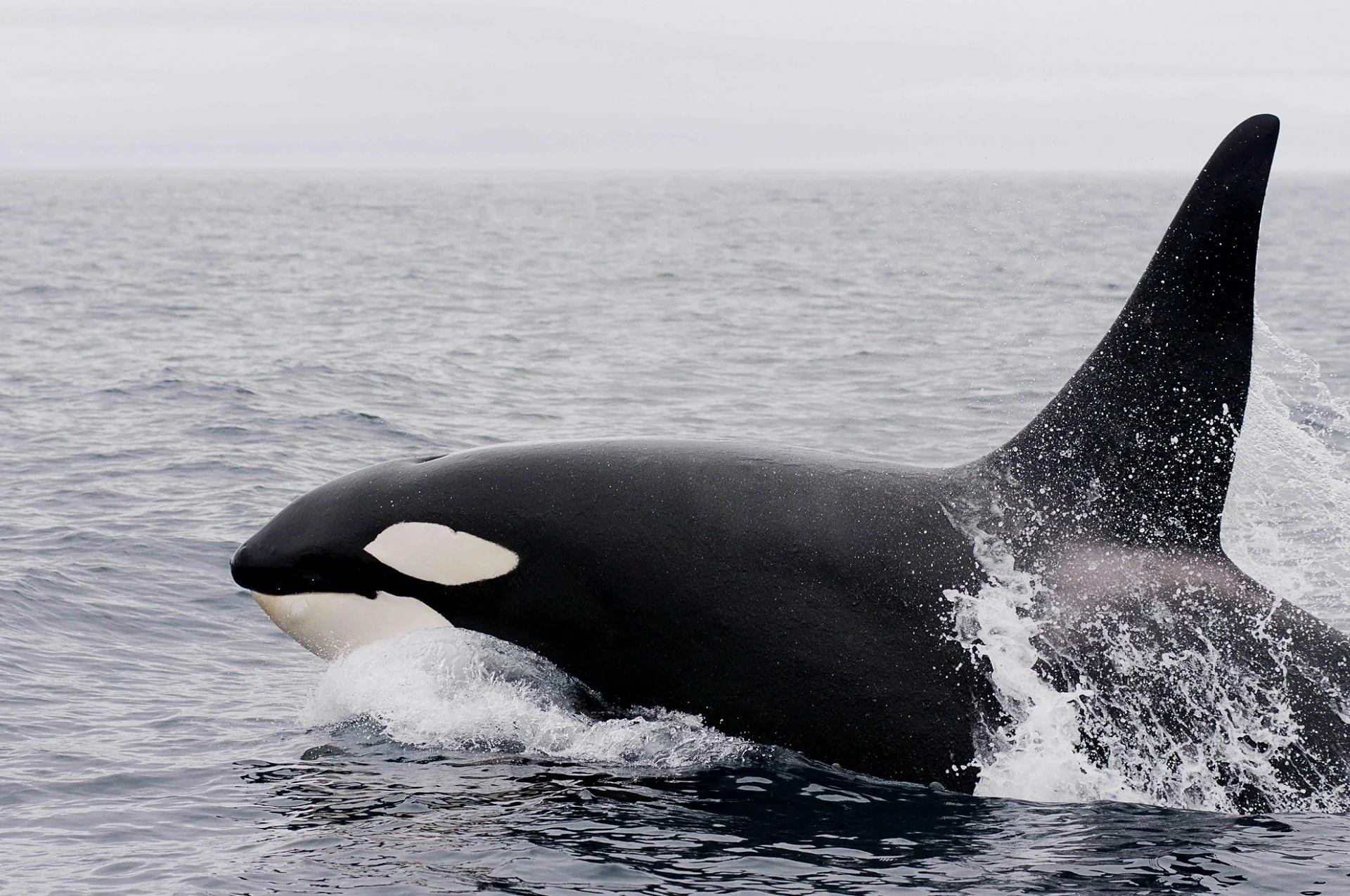

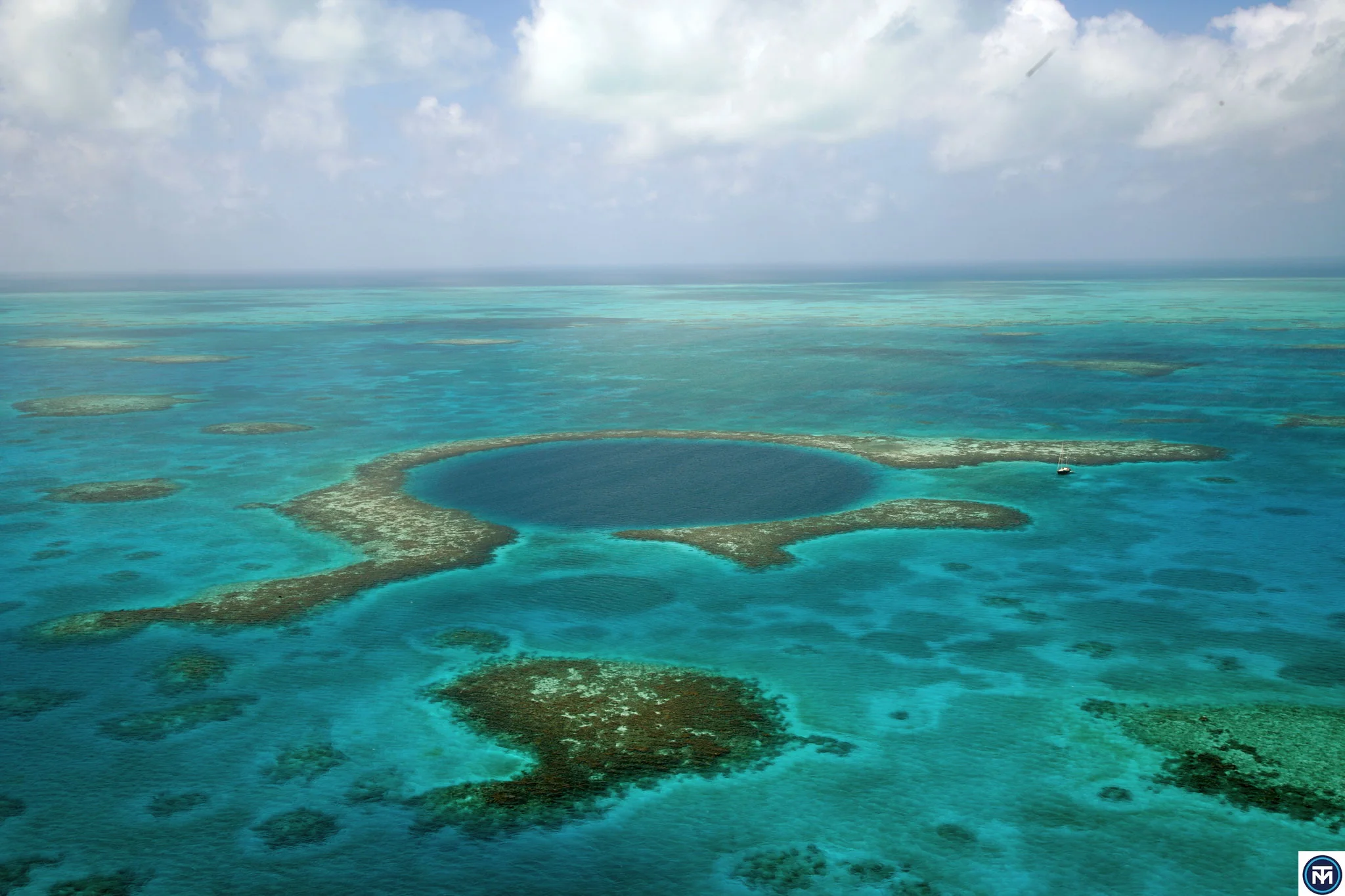
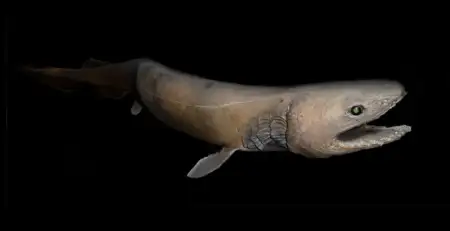
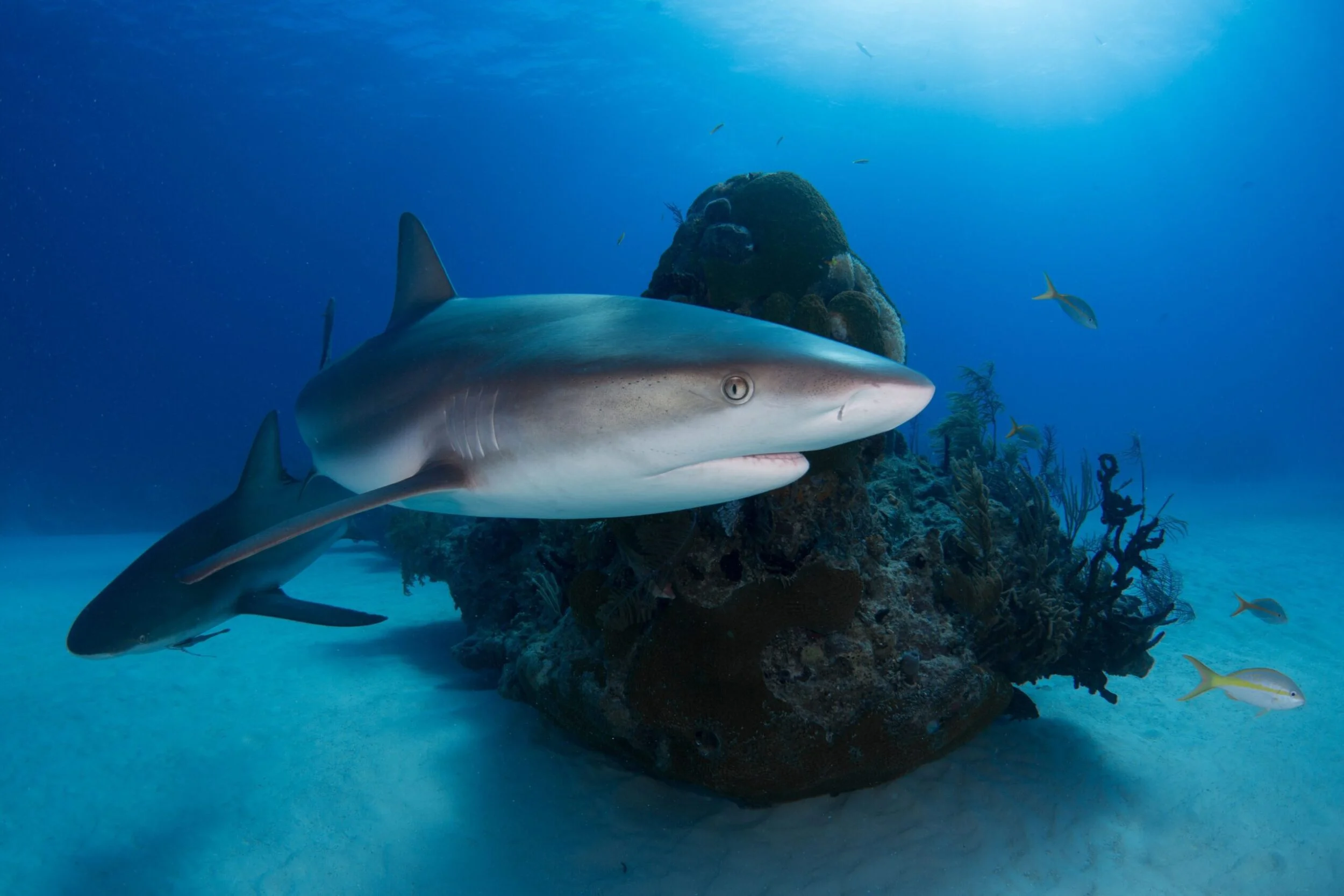
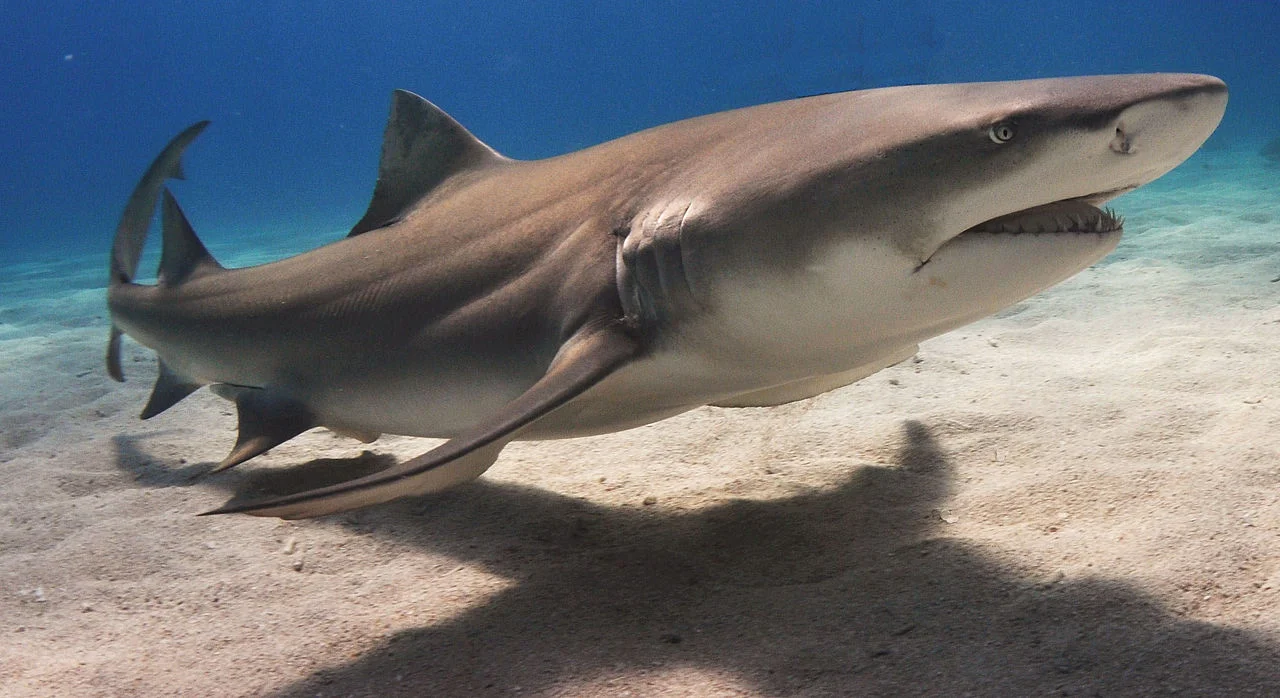

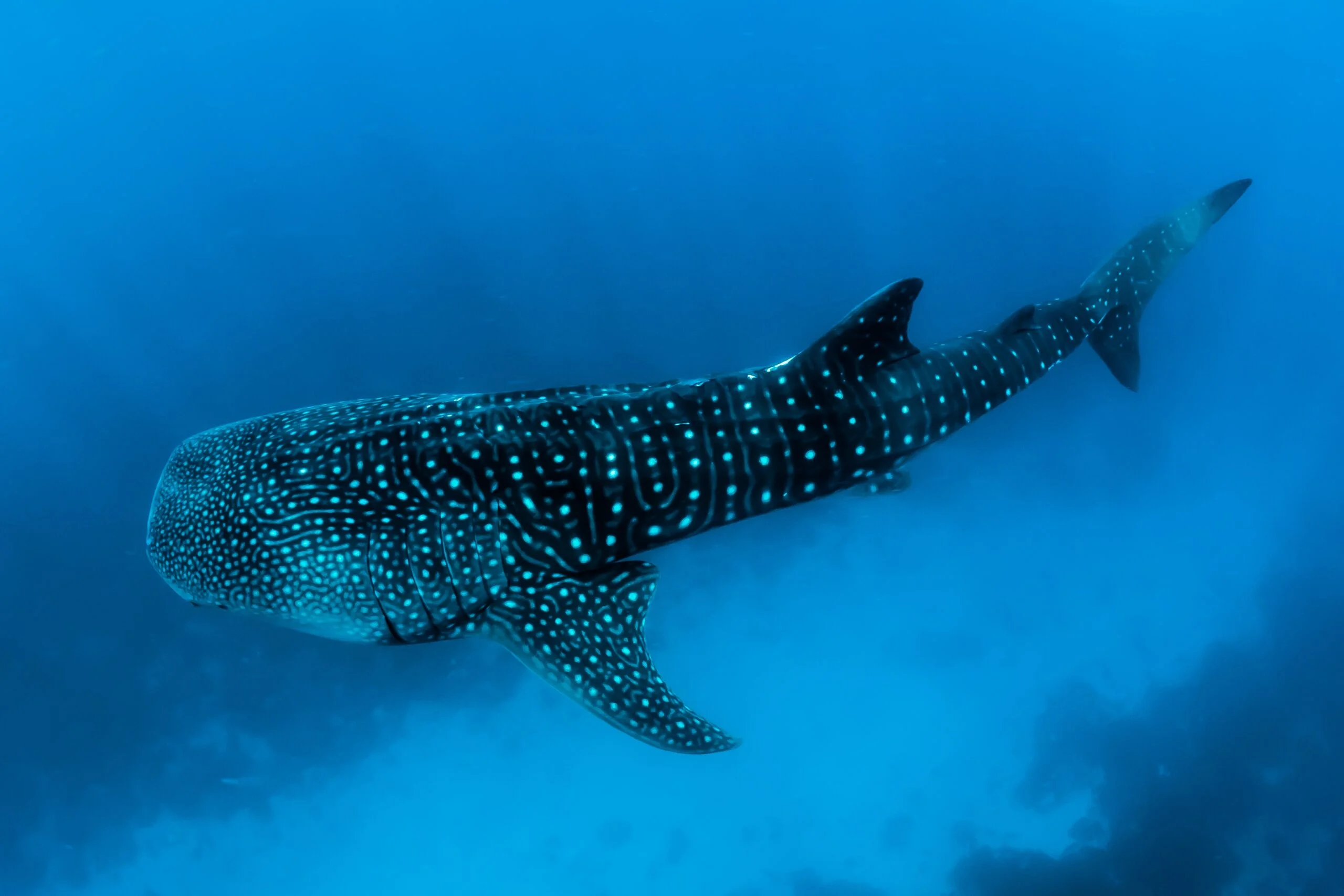

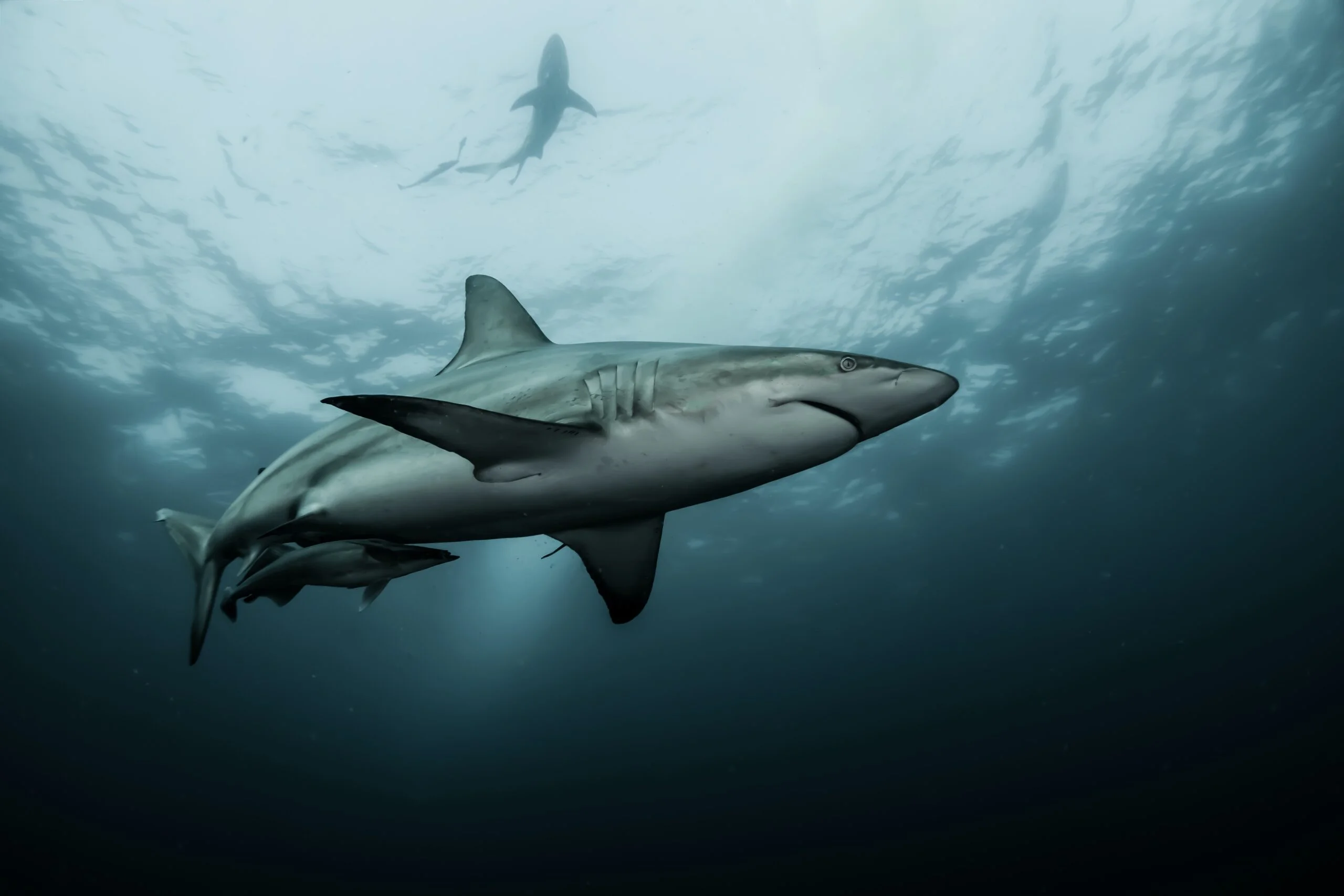


Leave a Reply